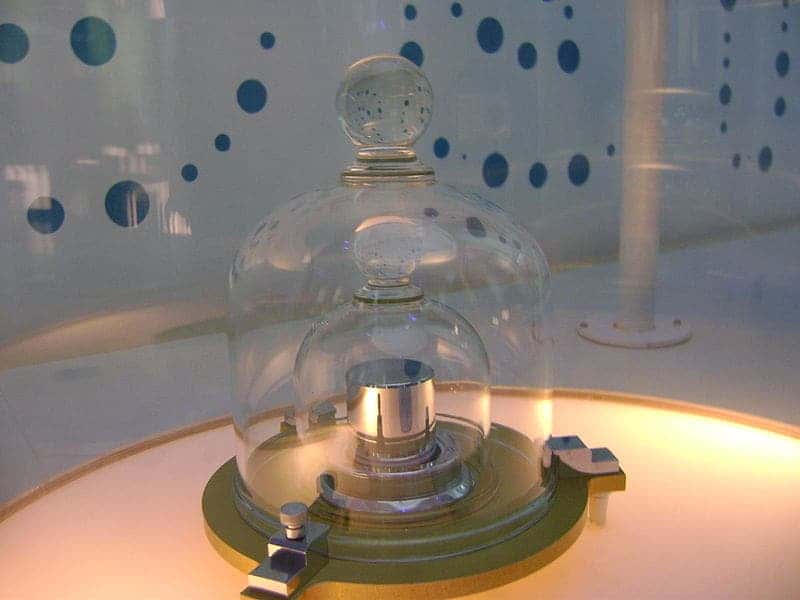The kilogram, ampere, Kelvin, and mole — fundamental units of measure in the International System of Units (SI) — are getting revamped.

Image credits Japs 88 / Wikimedia.
Representatives from 60 countries have voted in favor of redefining the SI last Friday at the General Conference on Weights and Measures in Versailles, France. The change aims to tie these units of measure to fundamental constants of the natural world, which improves reliability and ease of comparison.
Measures sans borders
“The SI redefinition is a landmark moment in scientific progress,” said Martin Milton, the Director of the International Bureau of Weights and Measures (BIPM). “Using the fundamental constants we observe in nature as a foundation for important concepts, such as mass and time, means that we have a stable foundation from which to advance our scientific understanding, develop new technologies and address some of society’s greatest challenges.”
The changes will remove the need for physical objects to define the units of measurement. They’re scheduled to come into effect on May 20th, 2019.
For more than a century, the kilogram has been tied to the mass of a particular physical object, a cylinder of platinum alloy called the International Prototype of the Kilogram (IPK) — which has been in the care of the BIPM in France. The organization is prepared to retire the object in favor of a mathematical definition based on the Planck constant, a fundamental constant in quantum physics.
The decision does make a lot of practical sense. Up to now, the only way to determine exactly how much mass an object has was to compare it to the IPK or identical copies; but such a process is difficult (you need to get your hands on an IPK copy) and potentially inaccurate (copies are imperfect and they can suffer physical or chemical alterations to its mass). The Planck constant, meanwhile, is readily available and exactly the same anywhere, anytime you need to use it.
New definitions have been penned for four of the seven base SI units: the kilogram, ampere, Kelvin and mole (and, by extension, and all units derived from them, such as the volt, ohm, and joule).
- The kilogram — will be defined by the Planck constant (h).
- The ampere — will be defined by the elementary electrical charge (e).
- The Kelvin — will be defined by the Boltzmann constant (k).
- The mole — will be defined by the Avogadro constant (NA).
“Today marks the culmination of decades of work by measurement scientists around the world, the significance of which is immense,” said Barry Inglis, Director of the International Committee for Weights and Measures.
“We will now no longer be bound by the limitations of objects in our measurement of the world, but have universality accessible units that can pave the way to even greater accuracy, and even accelerate scientific advancement.”
The actual ‘size’ of these units won’t change; a kilogram will still weigh one kilogram, for example. But the way we define them will be based in physical reality, not an object stowed away in a room somewhere. With the change, these four units will join the second, the meter, and the candela (base unit for luminosity) as physically-defined units of measurement — which will make them more stable and easier to use in precision applications.
Just like the 1967 redefinition of the second underpinned the GPS and internet, the committee explains, the new definitions will have wide-reaching impacts in science, technology, trade, health, and the environment, among many other sectors.






